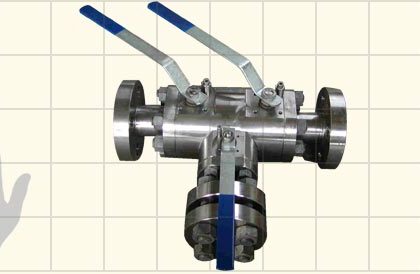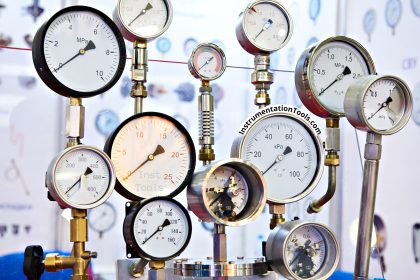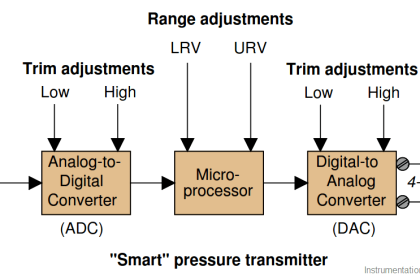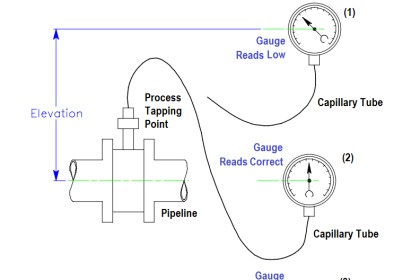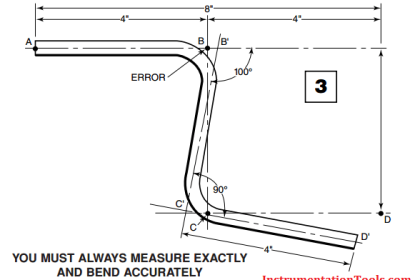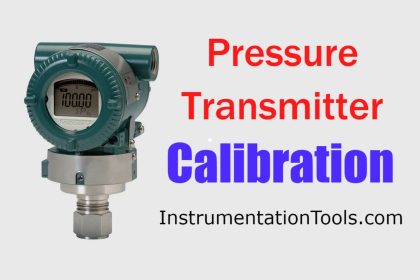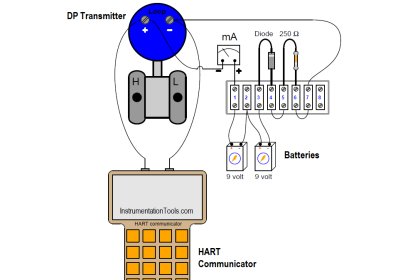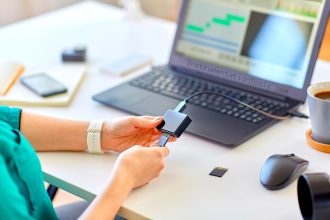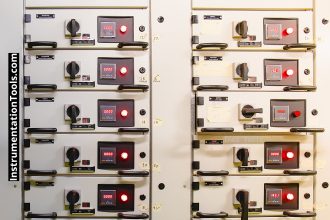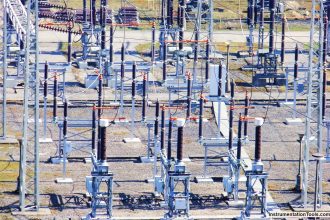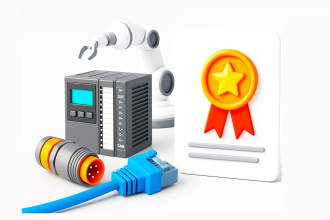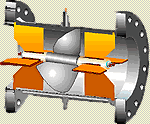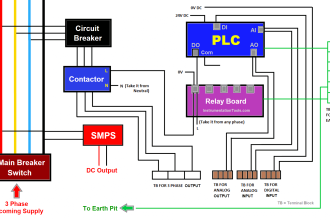Diaphragm seals also known as pressure diaphragms are used in industrial applications to protect pneumatic or electronic measuring devices.
Different mounting techniques of diaphragm seals are adopted in certain applications for specific reasons. The selection of diaphragm seals is related to the desired performance and functionality of the device.
Diaphragm Seals
Diaphragm seals are used in various industries to protect pressure instruments such as pressure gauges, transmitters, and switches from the process media they are measuring.
These seals act as a barrier between the instrument and the corrosive, abrasive, liquids comprising particles or high-temperature process fluid. There are several mounting techniques for diaphragm seals, each suitable for specific applications and requirements.
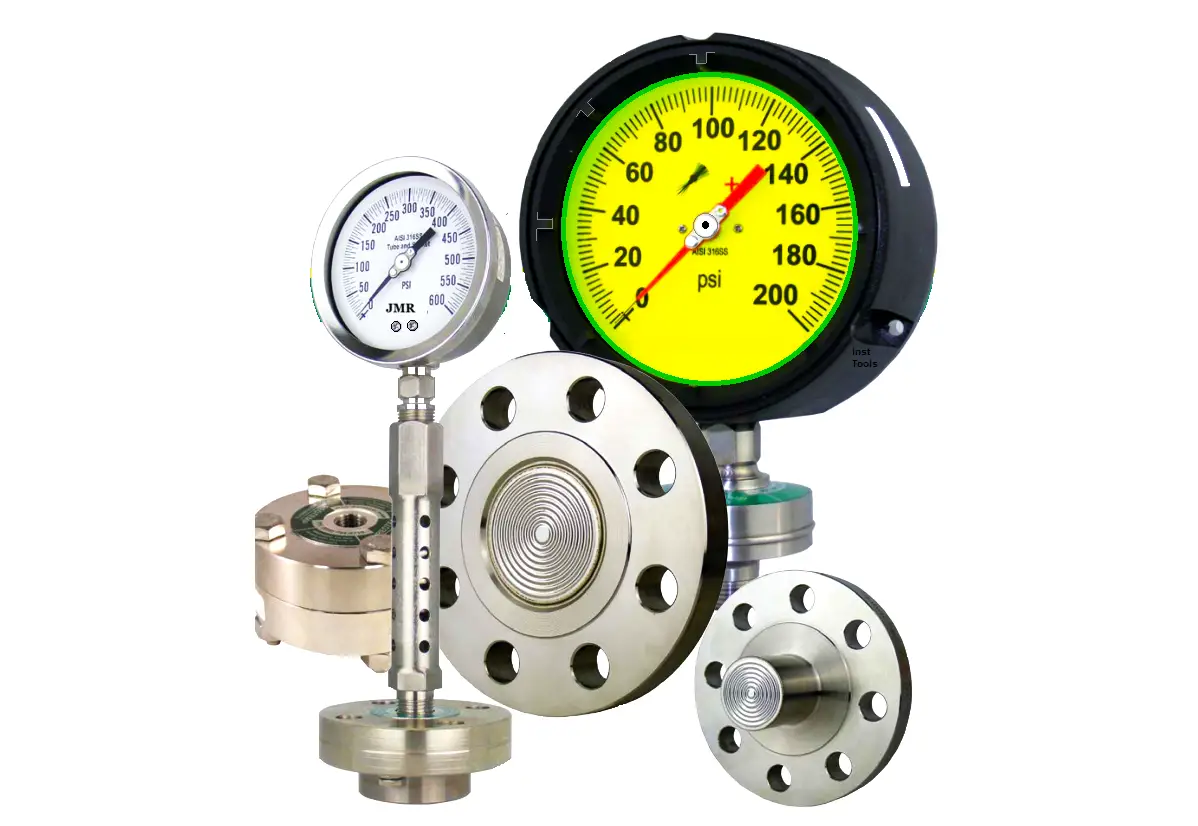
Diaphragm Seal Materials
Common materials used for the construction of diaphragm seals are
- Stainless Steel
- Tantalum
- Inconel
- Monel
- Hastelloy
- PTFE (Polytetrafluoroethylene)
- PVC
Diaphragm seals are generally constructed using the above materials that are compatible with process fluids.
Fill Fluids of Diaphragm Seals
The fill fluid used inside diaphragm seals depends on the specific application and compatibility with the process fluid.
The most important factor regarding diaphragm seal performance is the integrity of the filled system. Regardless of proper diaphragm seal size and proper fill fluid selection, the filled system should not contain air packets.
Here below are two liquids used commonly apart from a few others.
- Glycerine
- Silicone oil
- Hydraulic oils
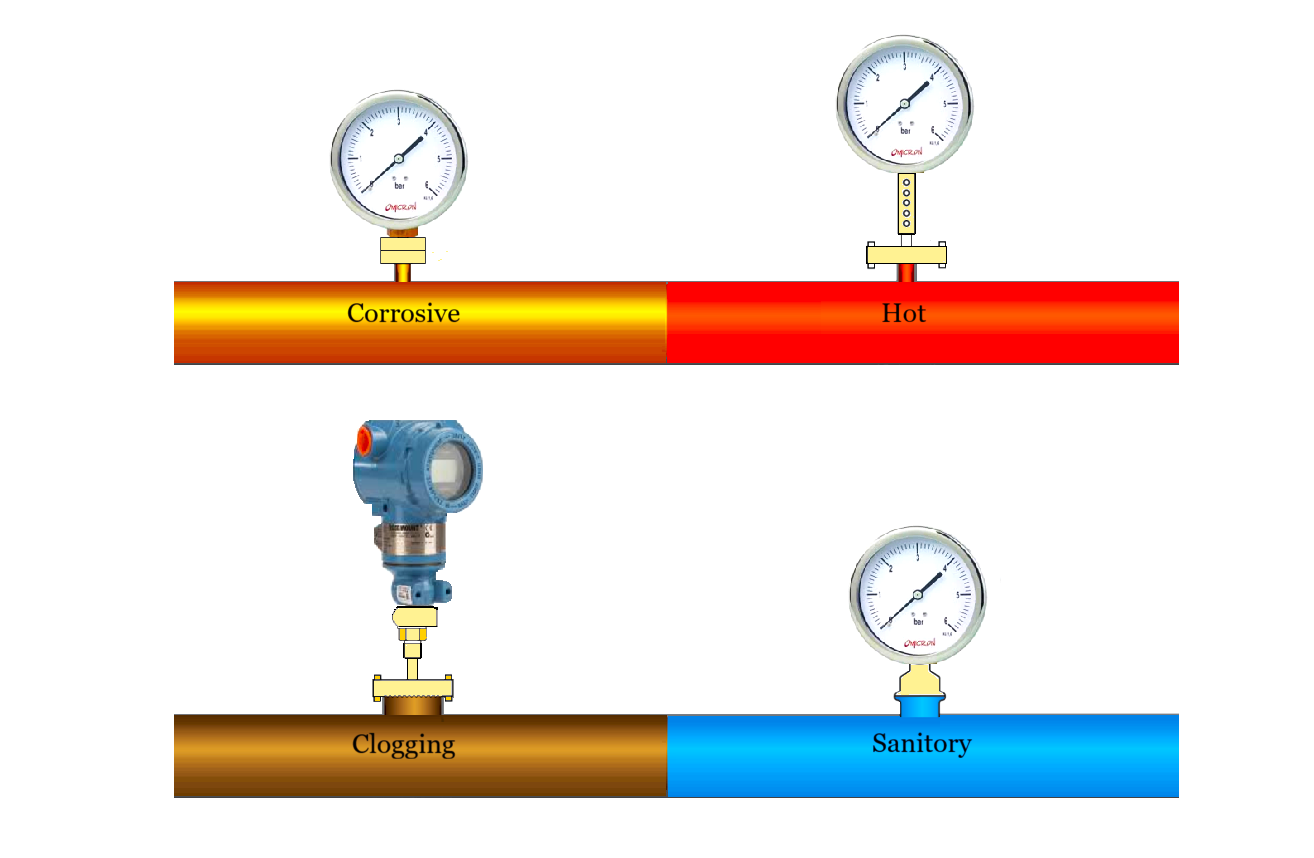
Mounting Techniques for Diaphragm Seal Transmitters
Some common mounting techniques for diaphragm seals can be found below.
The choice of mounting depends on the specific application, process conditions (Corrosive, Hot, Clogging, Sanitary), and required maintenance.
- Direct mounting
- Remote mounting
- Extended diaphragm seal
- Flange mounting
- Threaded mounting
Direct Mounting of Diaphragm Seals
In this technique, the diaphragm seal is directly connected to the process pipe or vessel. This is the simplest and most common mounting technique. It is suitable for most applications where the process conditions are not too extreme.
The pressure instrument connects directly to the seal via a threaded connection or a flange. It is in closer proximity to the source of the pressure source.
- Direct mounting allows better sensitivity to the source of pressure. This is especially important in applications where detecting very subtle changes in pressure.
- Direct mounting ensures minimal lag time.
- In some applications, direct mounding can reduce manufacturing costs because it simplifies the assembly process and reduces the number of components required.
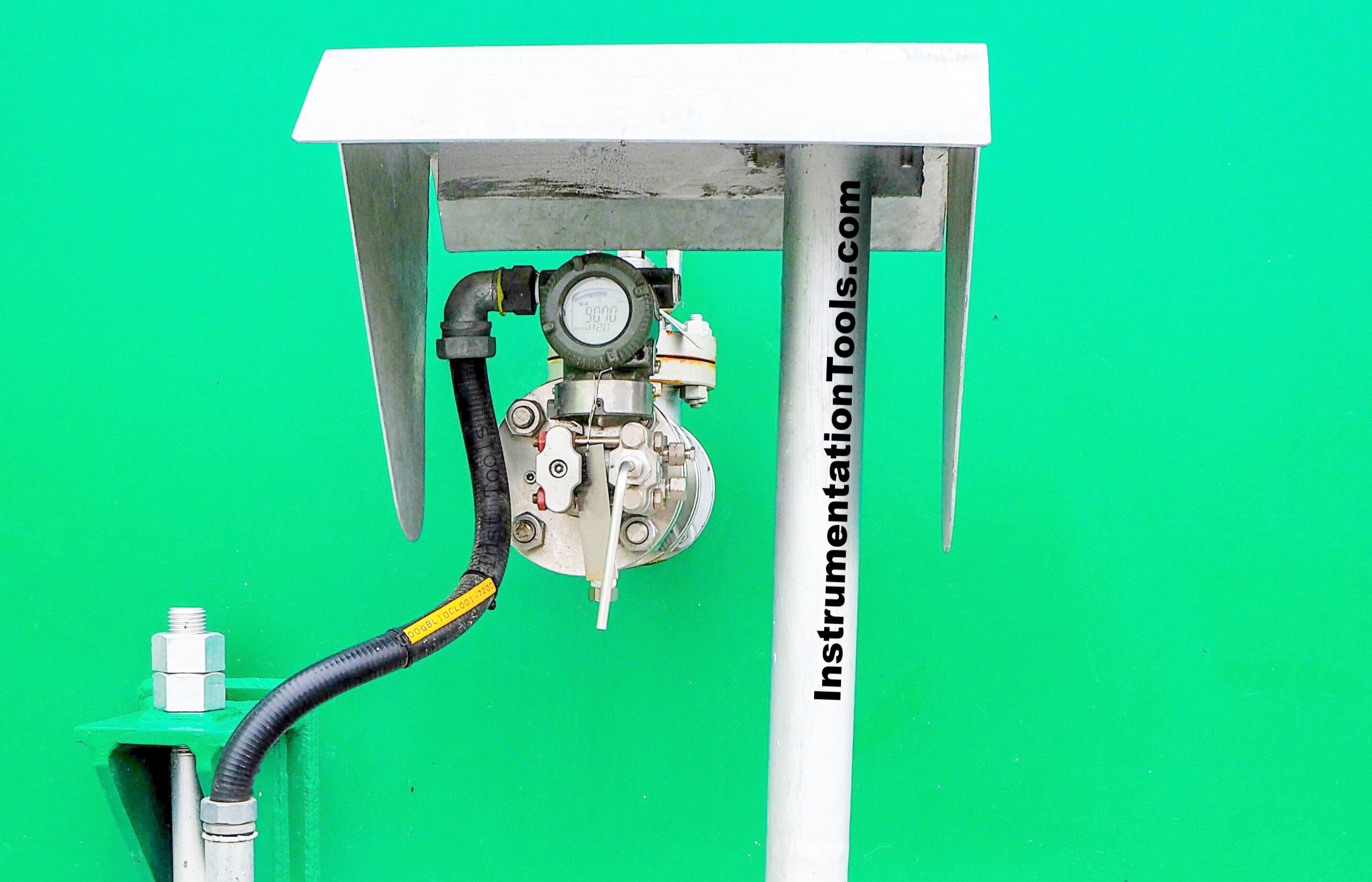
Remote Mounting of Diaphragm Seals
When the process conditions are extreme, such as high temperatures, corrosive fluids, or high vibration levels, remote mounting is employed.
The diaphragm seal is located away from the pressure instrument, and a capillary tube or a filled system is used to transmit the pressure from the seal to the instrument. This protects the instrument from the harsh process environment.
- Remote seal diaphragms are employed in pressure or level measurements to protect sensitive instrumentation from harsh process conditions, ensure measurement accuracy, and comply with safety regulations.
- They act as a barrier between the process fluid and the measurement instrument, allowing for more reliable and long-lasting measurements in challenging environments.
Extended Diaphragm Seals
In some applications, a longer diaphragm seal is used to separate the instrument from the process fluid. This is especially useful when the instrument needs to be positioned farther from the process connection.
Extended Diaphragm Seals are available in various lengths to accommodate different installation requirements.
- If the diaphragm comes into contact with a corrosive substance or wears out over time, it can be relatively easy to replace an extended seal diaphragm.
- Some processes involve rapid pressure fluctuations. Extended diaphragm seals can help dampen these fluctuations preventing damage and providing more stable and accurate measurements.
Diaphragm Seal Flange Mounting
Instead of using threaded connections, diaphragm seals can be mounted using flanges. Flange mounting provides a secure and leak-free connection between the seal and the process pipe or vessel. It is commonly used in applications where a high level of sealing integrity is required.
The term “flange mounting” refers to how the transmitter is installed in a system. In a flange-mounted configuration, the transmitter is typically attached to a flange on the vessel or pipe that contains the process fluid.
- The flange provides a secure and sealed connection, ensuring that the transmitter accurately measures the pressure or level of the fluid.
Diaphragm Seal Threaded Mounting
The threaded-mounted diaphragm pressure or level transmitter is a specific type of sensor used in industrial settings to measure either pressure or liquid level.
Threaded diaphragm seals have threads on both ends or at one end permitting them to be directly screwed onto the process connection and the pressure instrument. This method is straightforward and suitable for many applications.
The choice of mounting technique depends on factors such as the process conditions, the type of process fluid, and the distance between the instrument and the process connection. It’s important to select the appropriate mounting technique to ensure the accuracy and reliability of pressure measurements and to protect the pressure instrument from the harsh conditions of the process fluid.
The selection of threaded diaphragm depends on the need for maintenance or replacement.
If you liked this article, then please subscribe to our YouTube Channel for Electrical, Electronics, Instrumentation, PLC, and SCADA video tutorials.
You can also follow us on Facebook and Twitter to receive daily updates.
Read Next:
- Impulse Lines Purging
- Pressure Transmitter Checks
- Dead Weight Pressure Tester
- Differential Pressure Transmitter
- Calculations of Pressure Calibration
